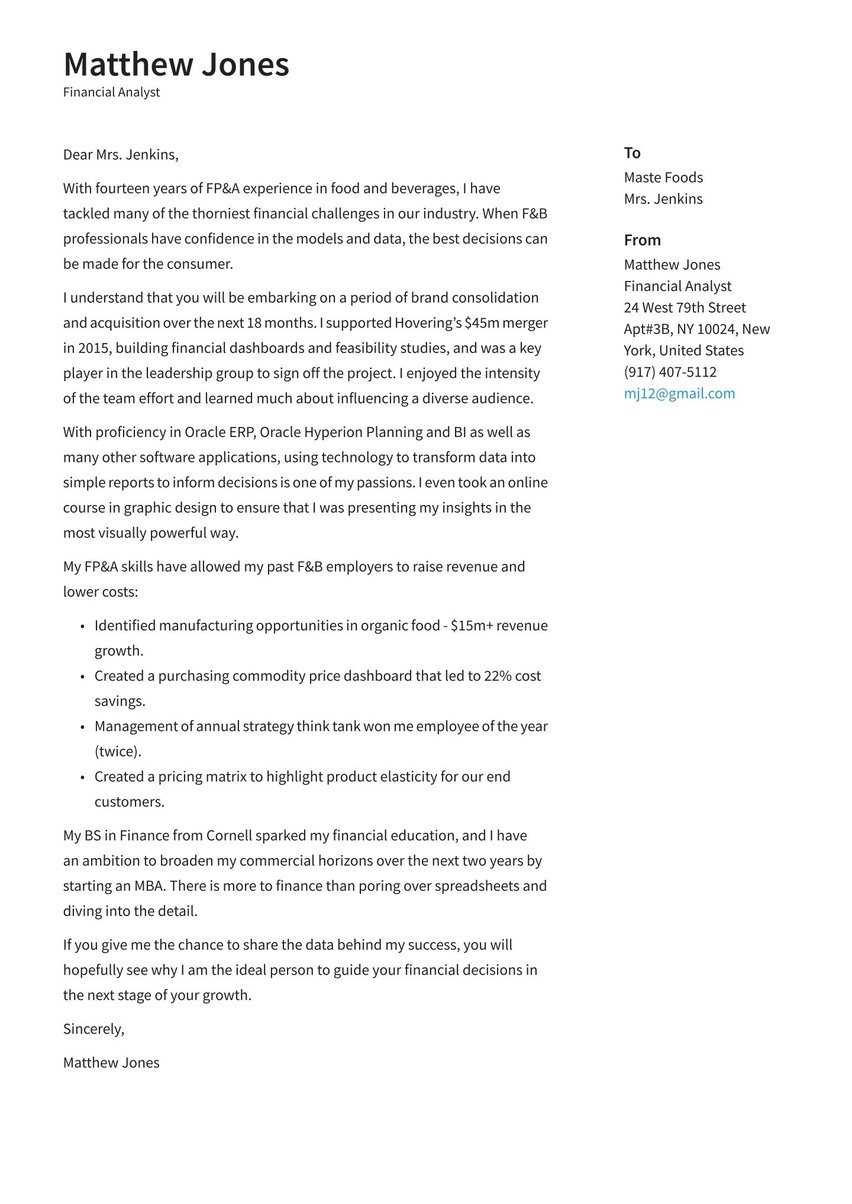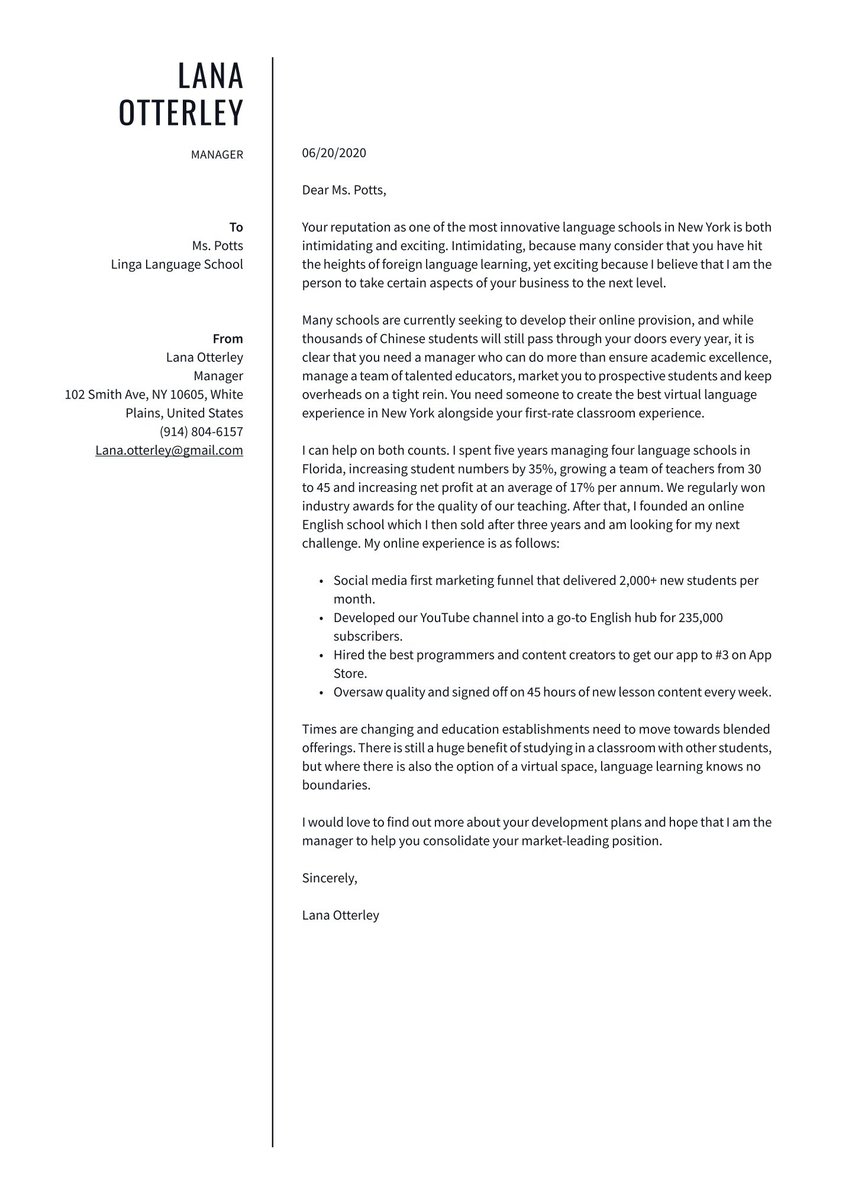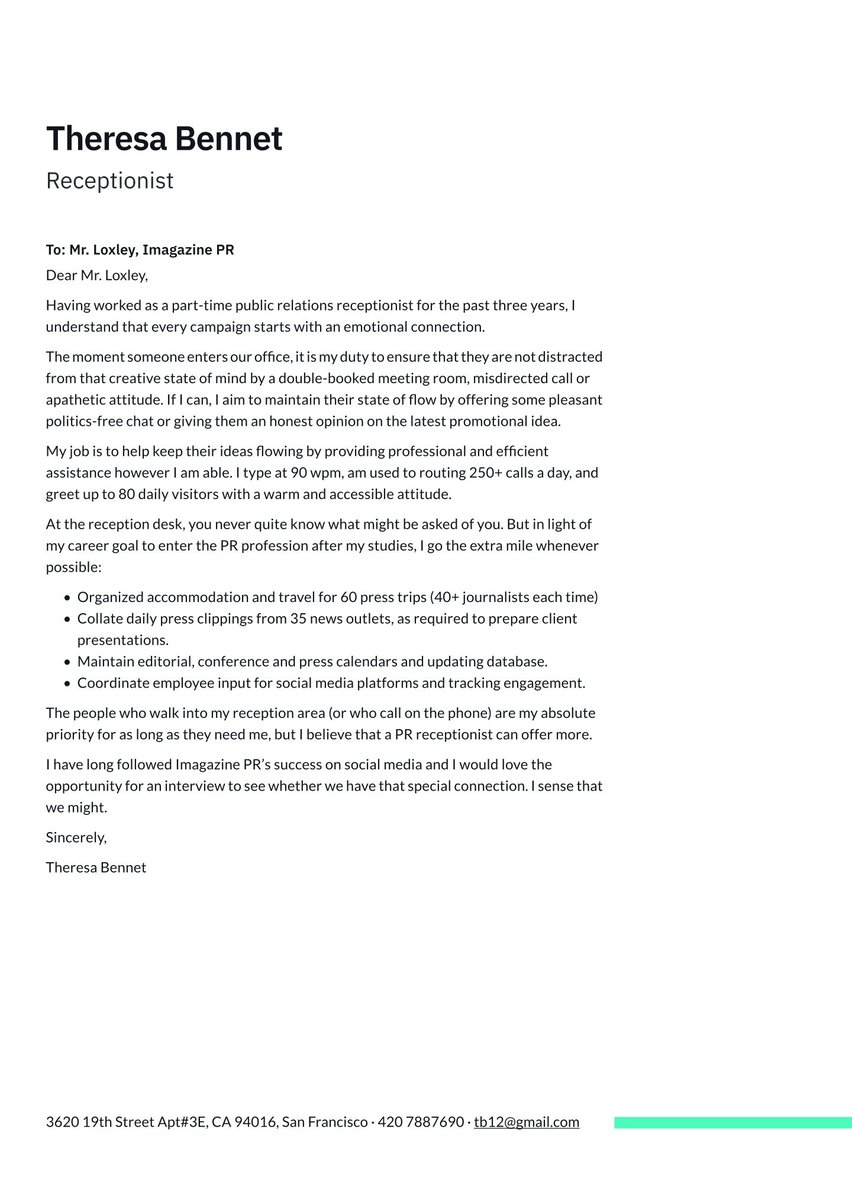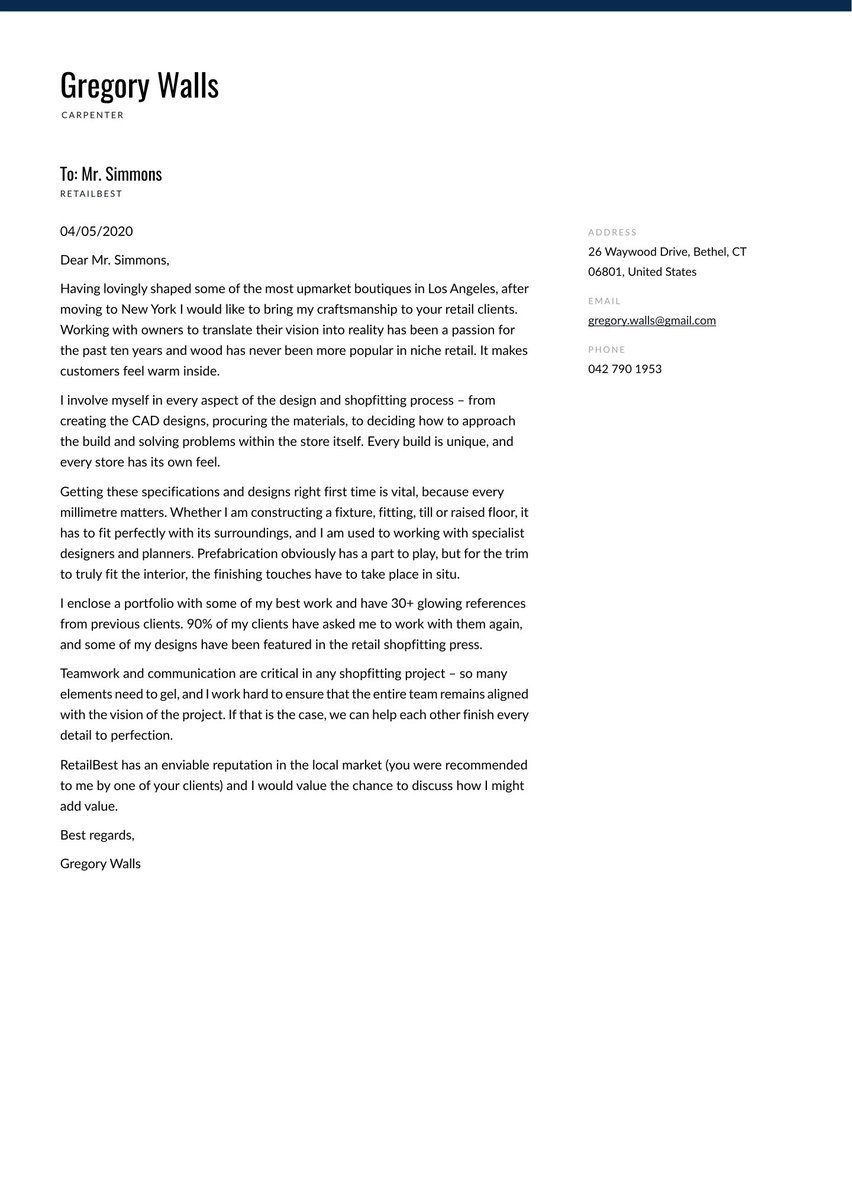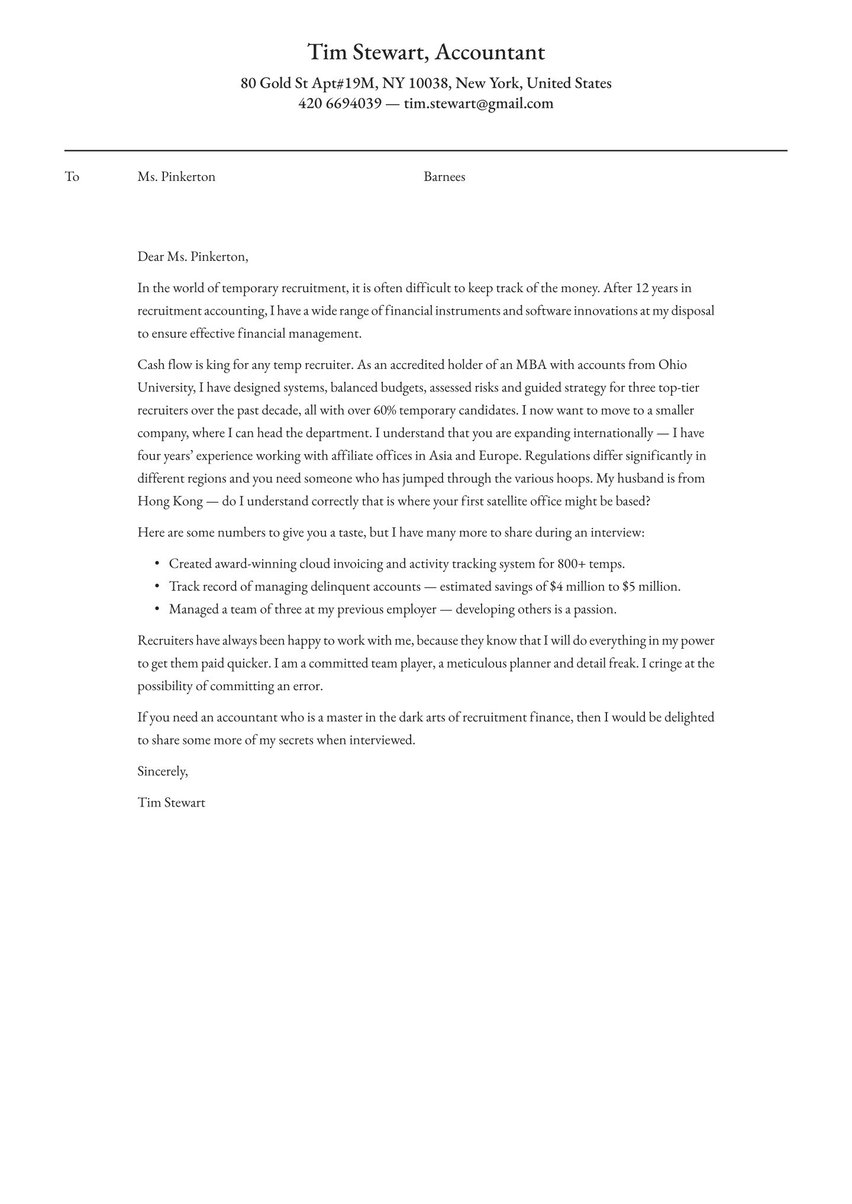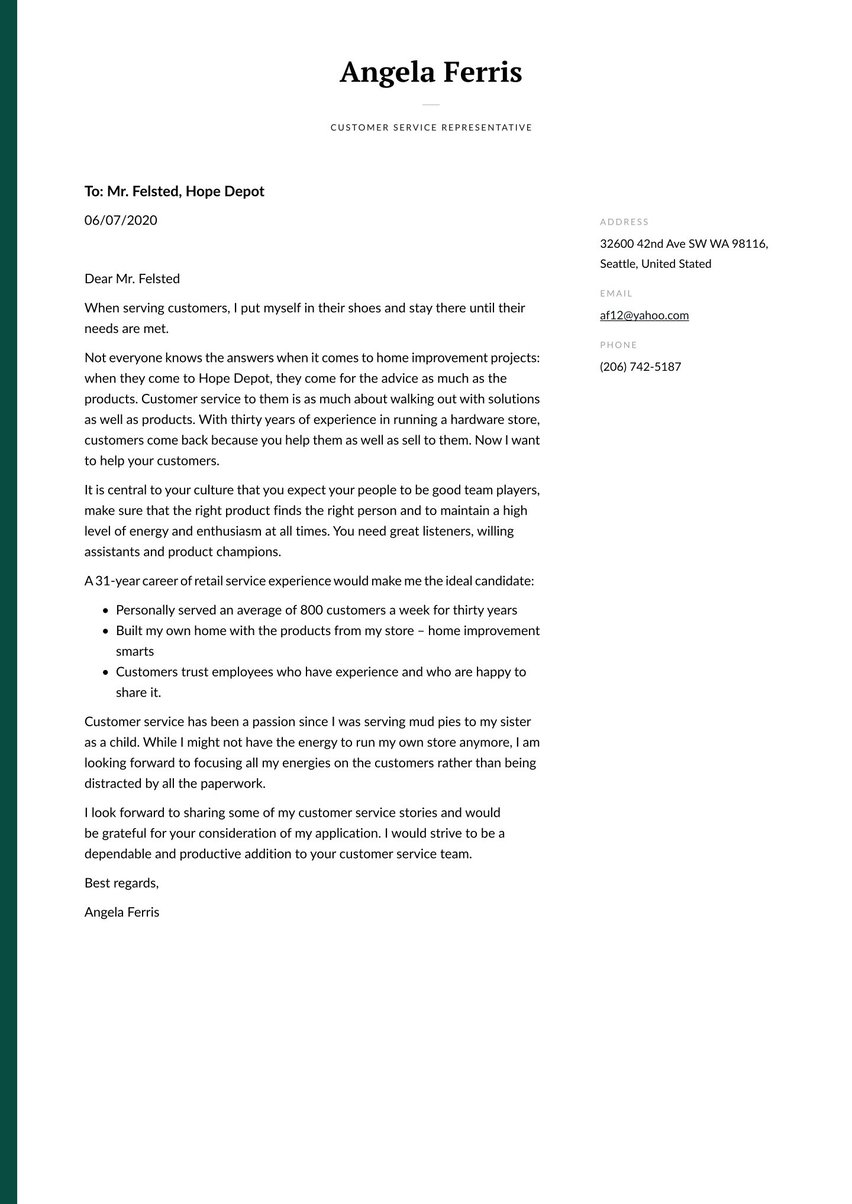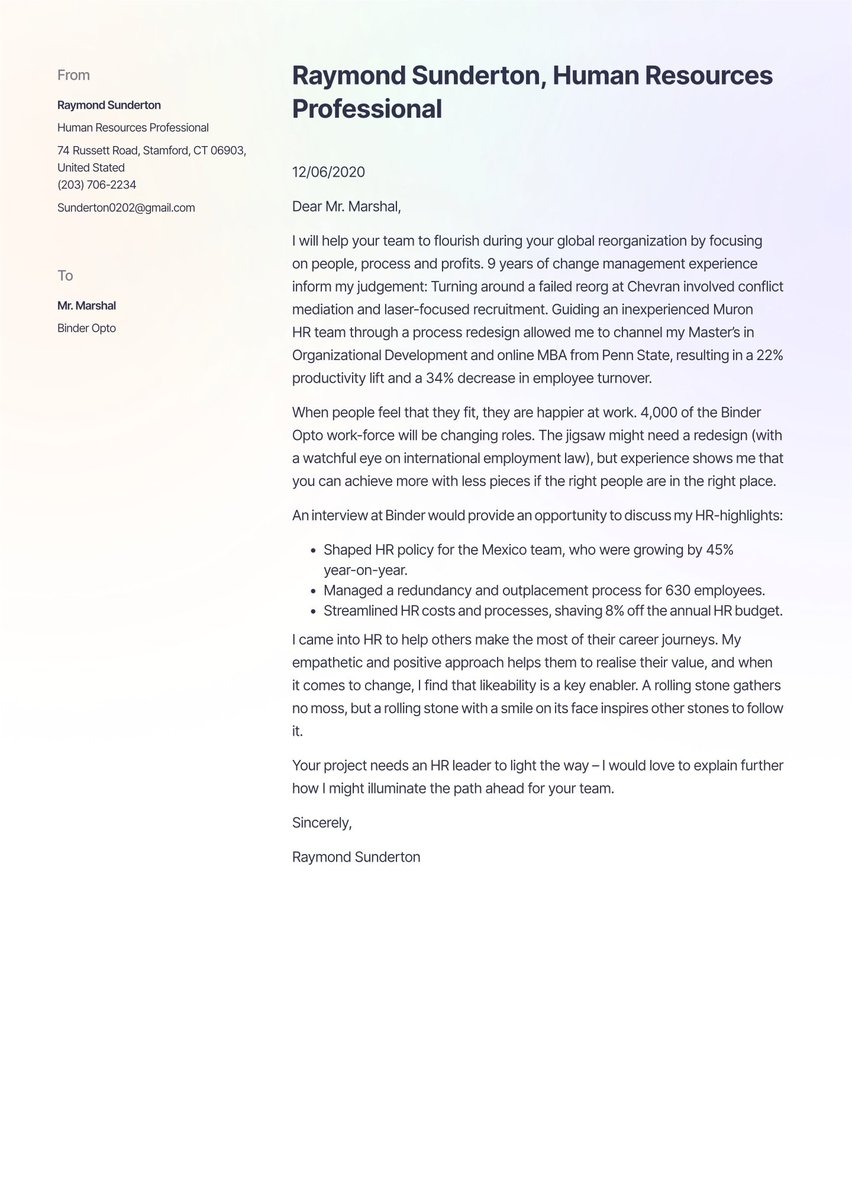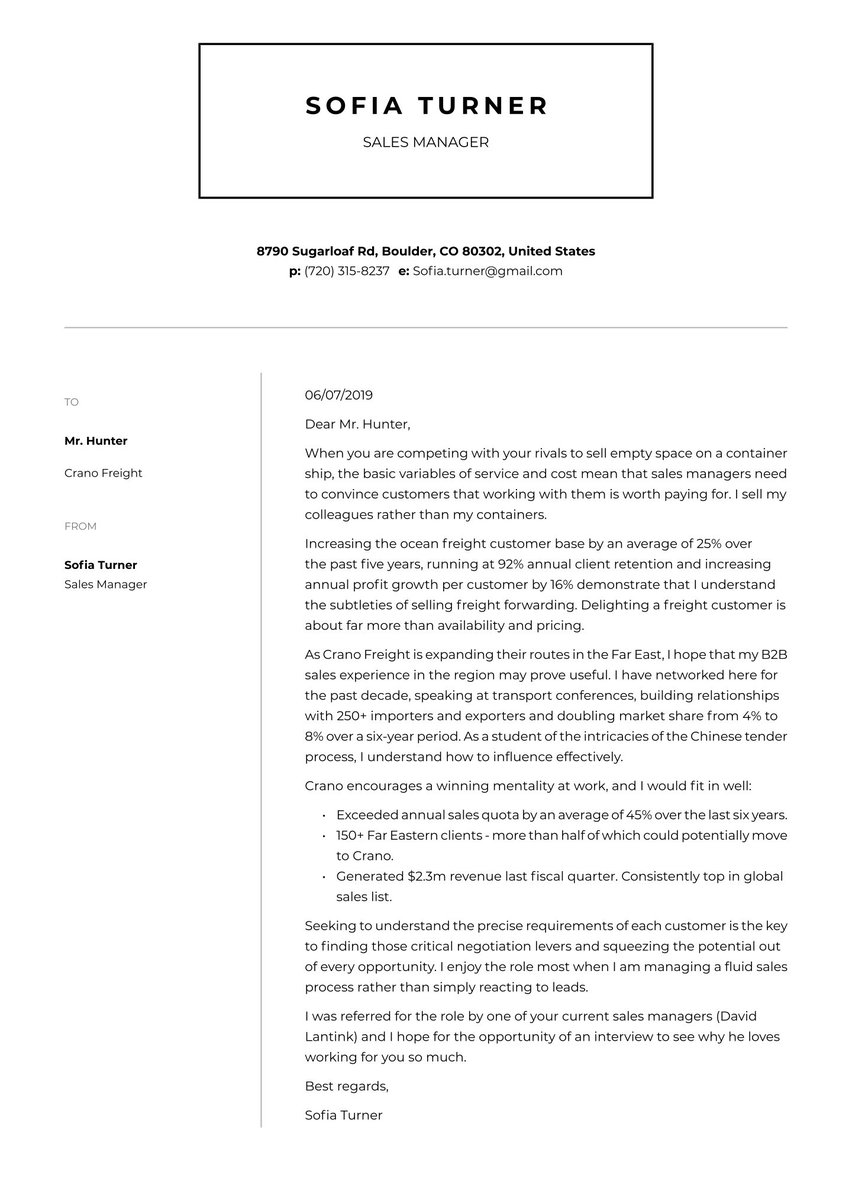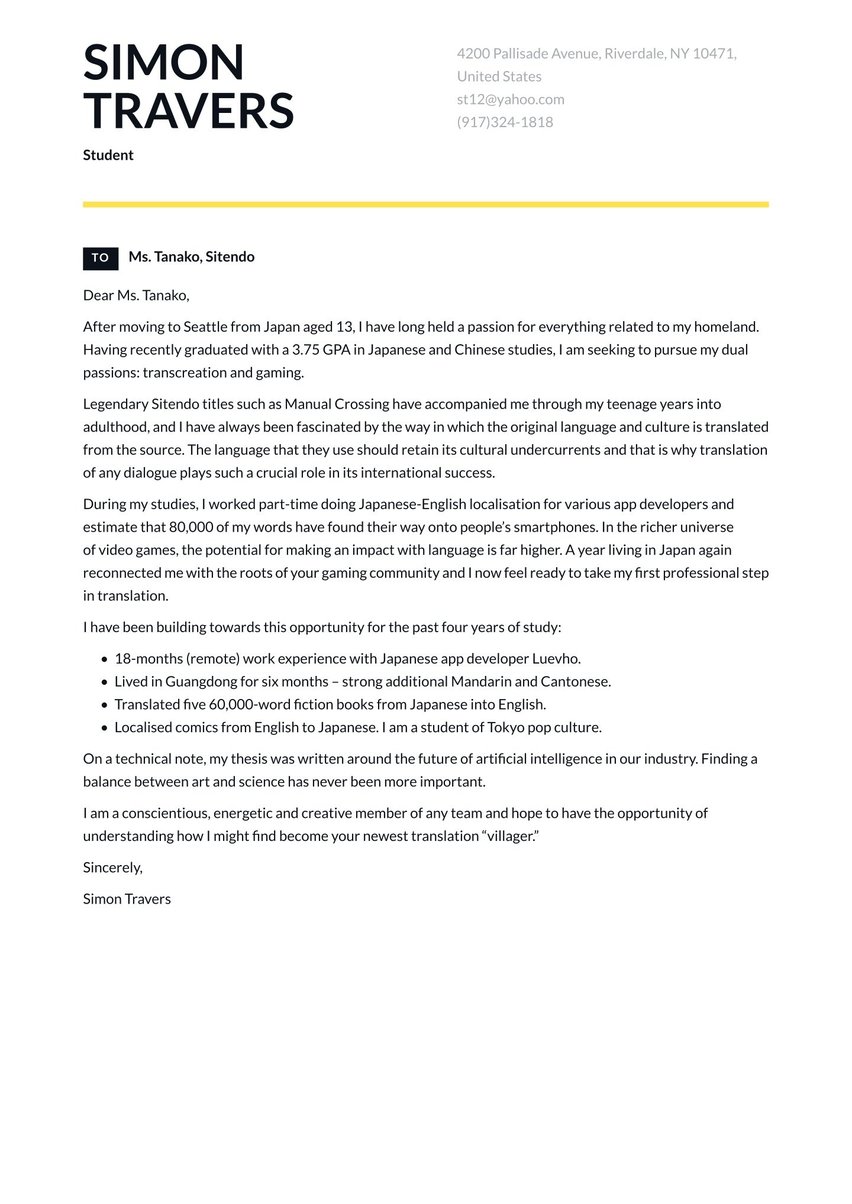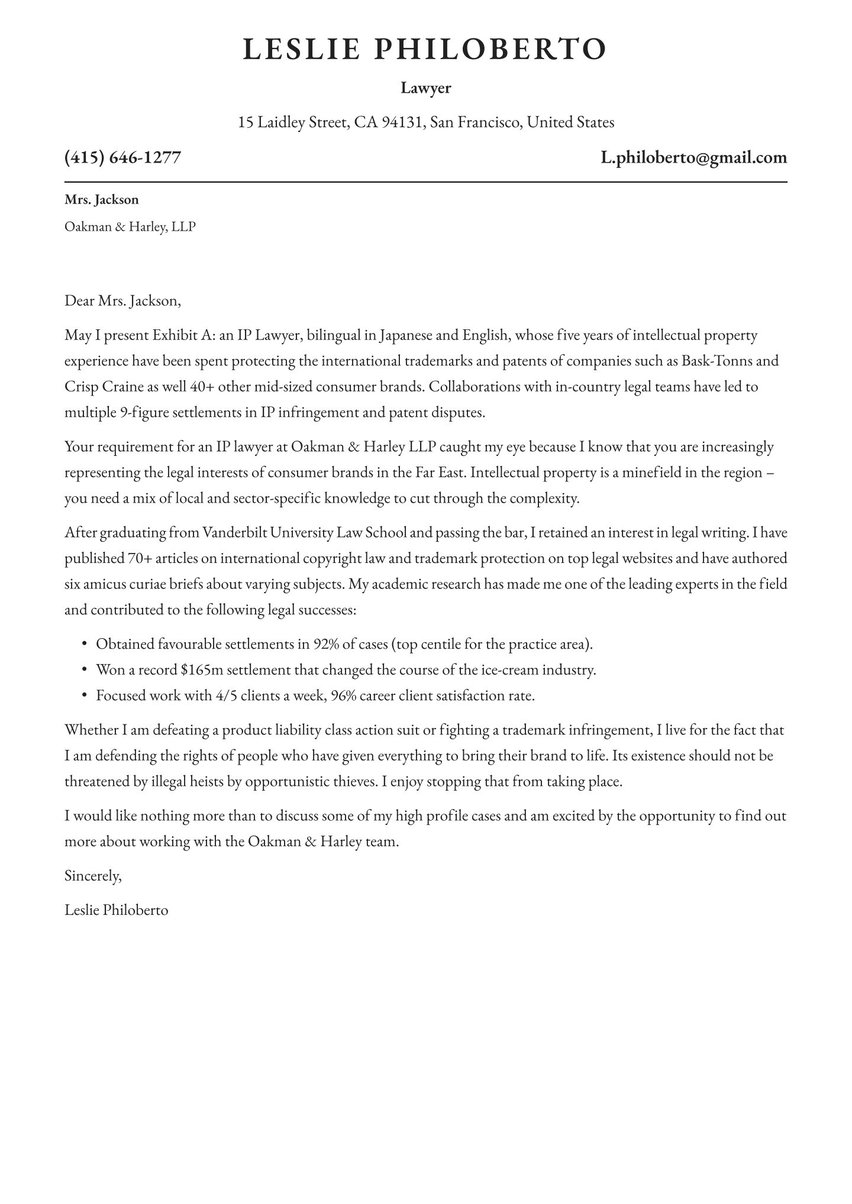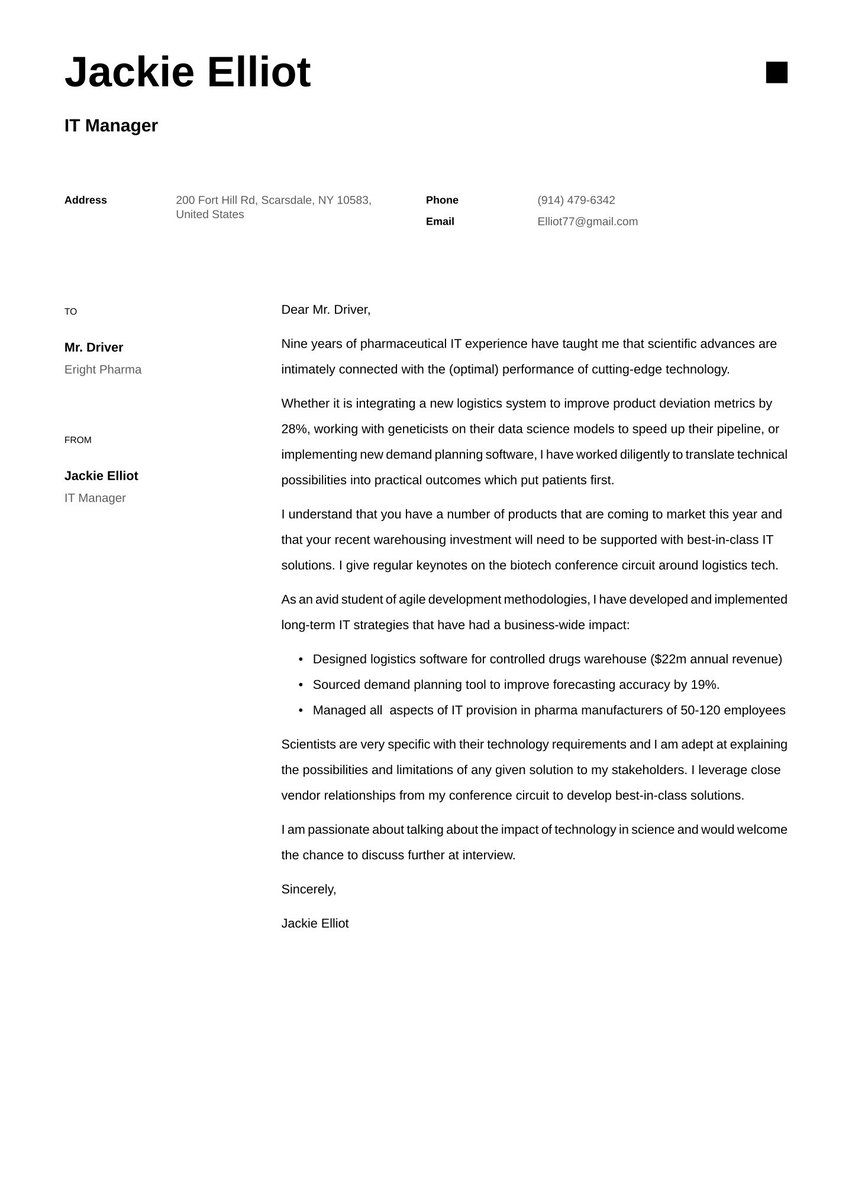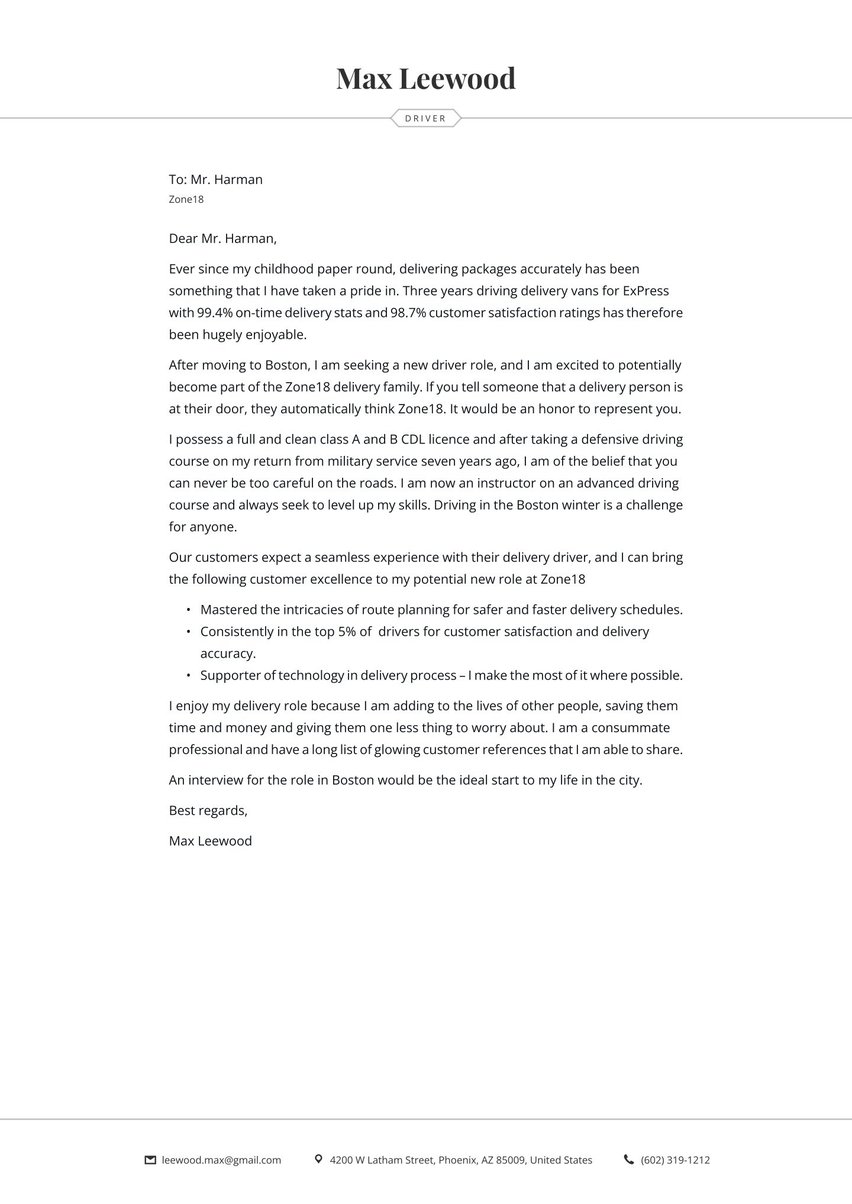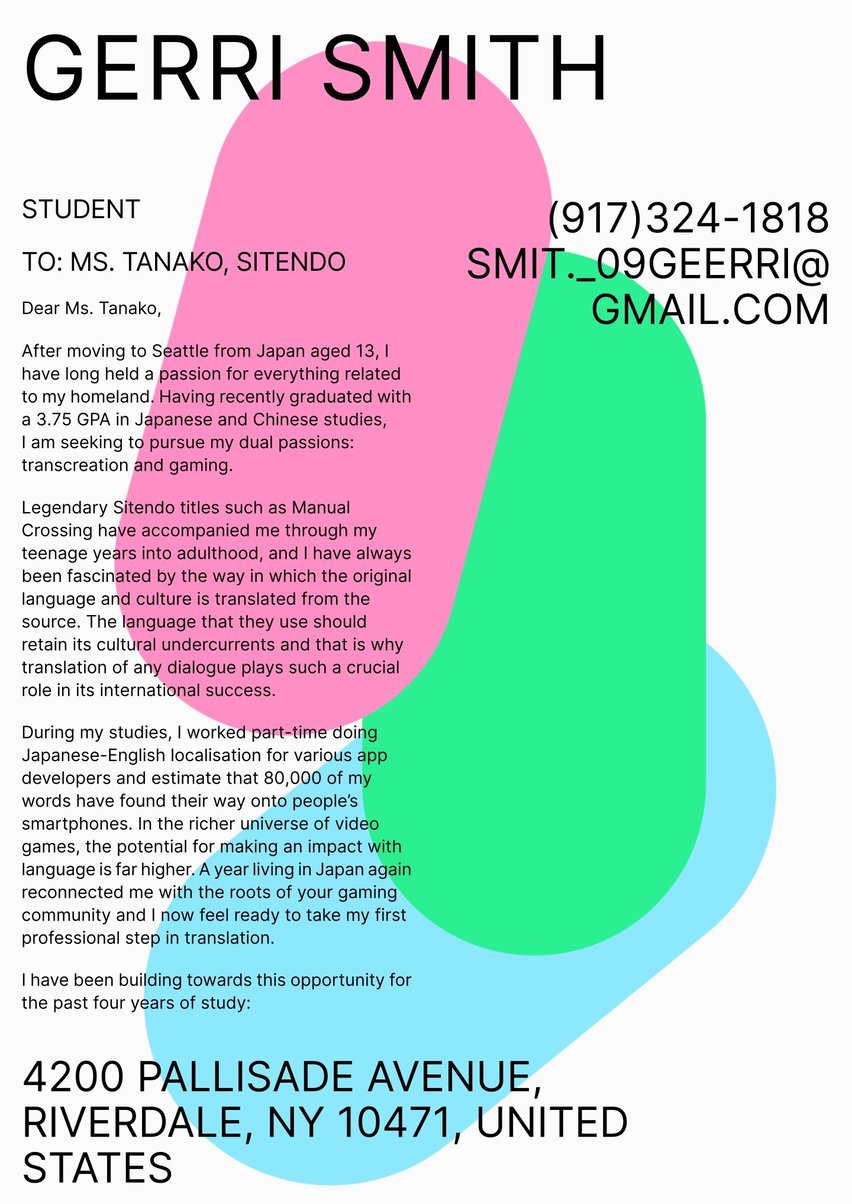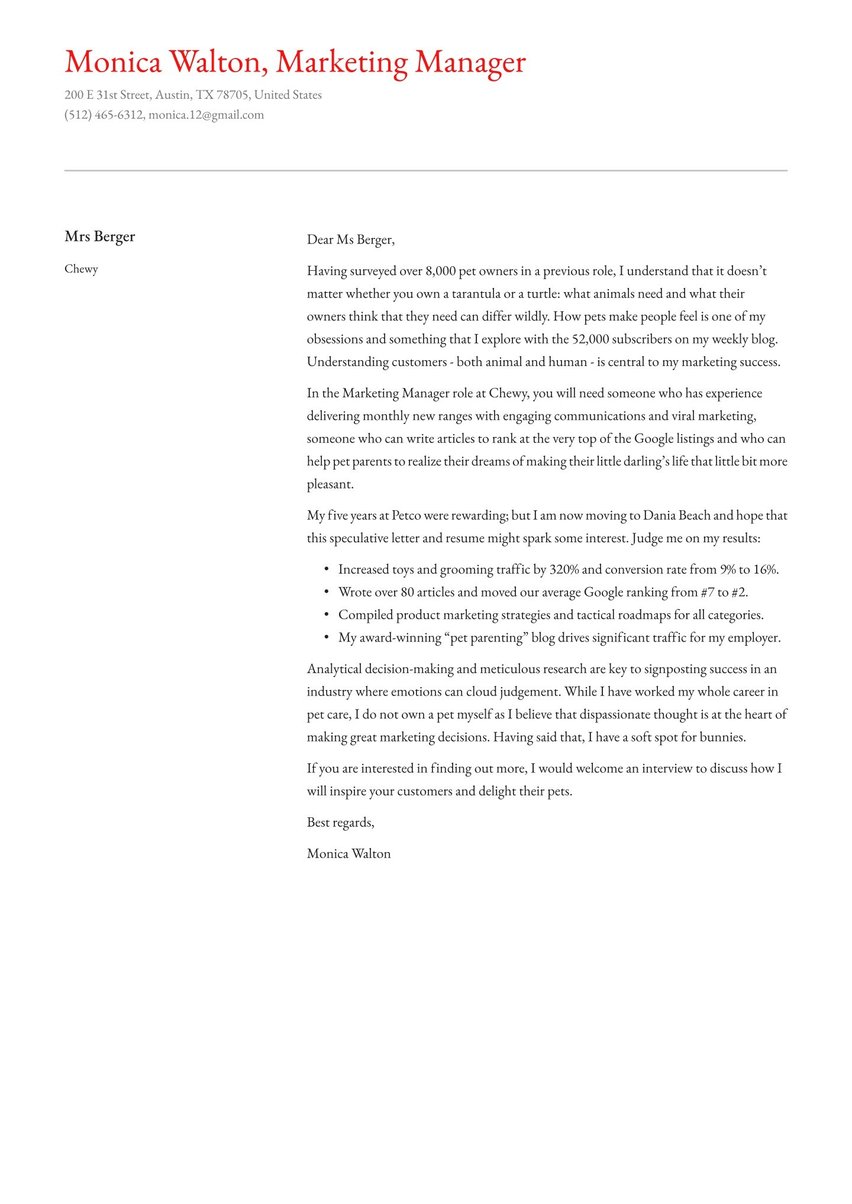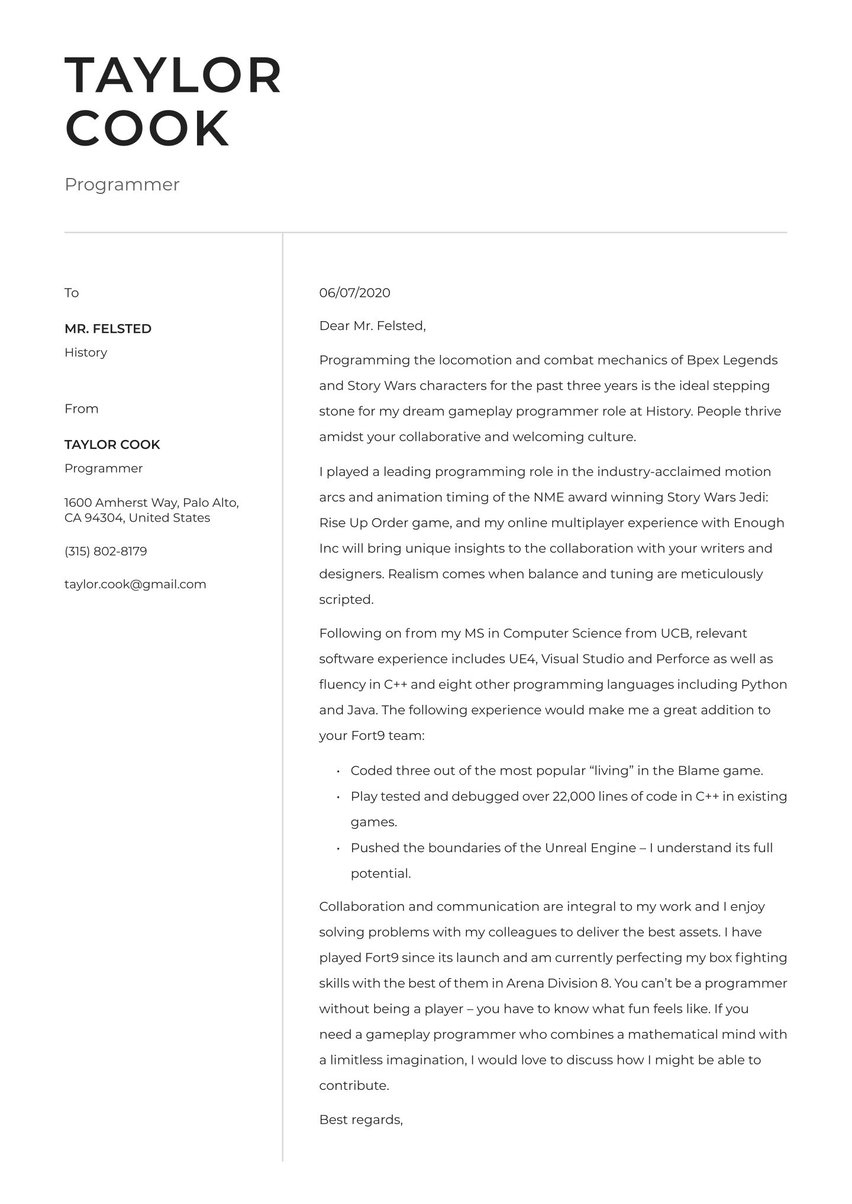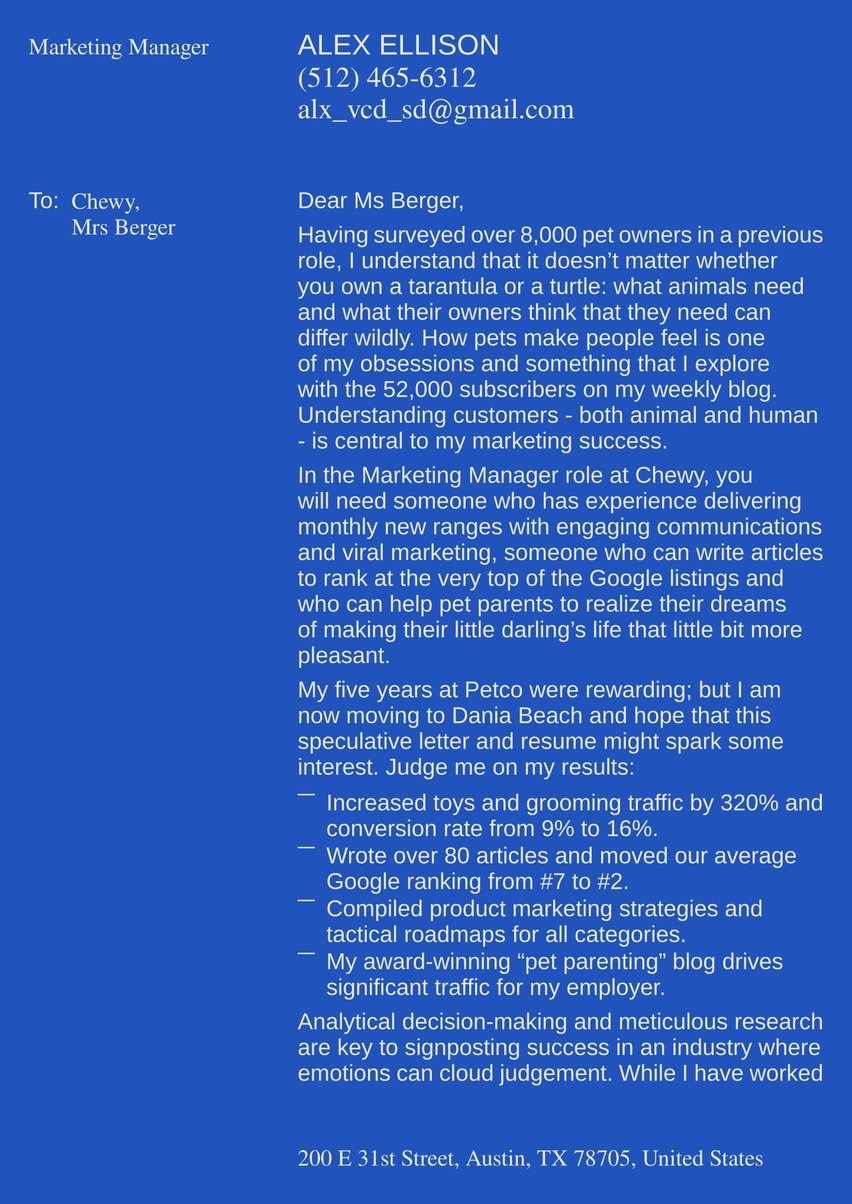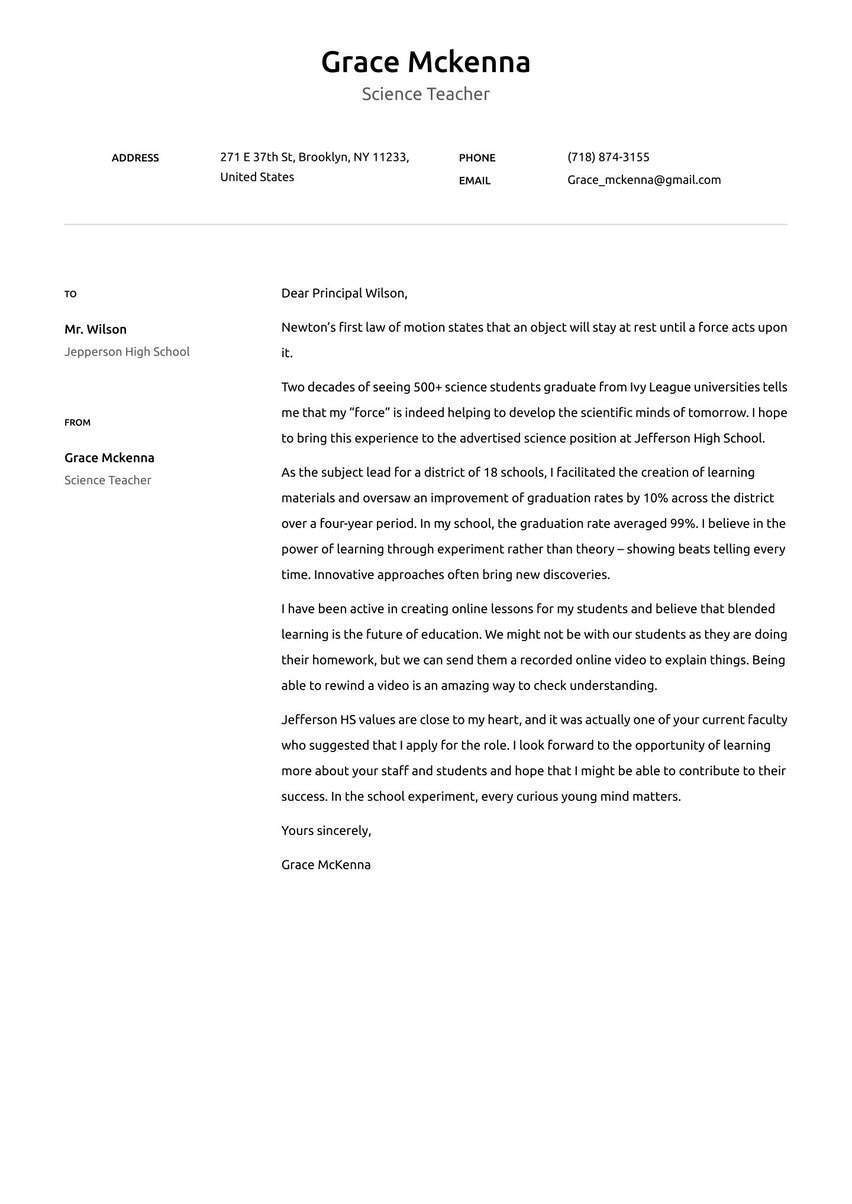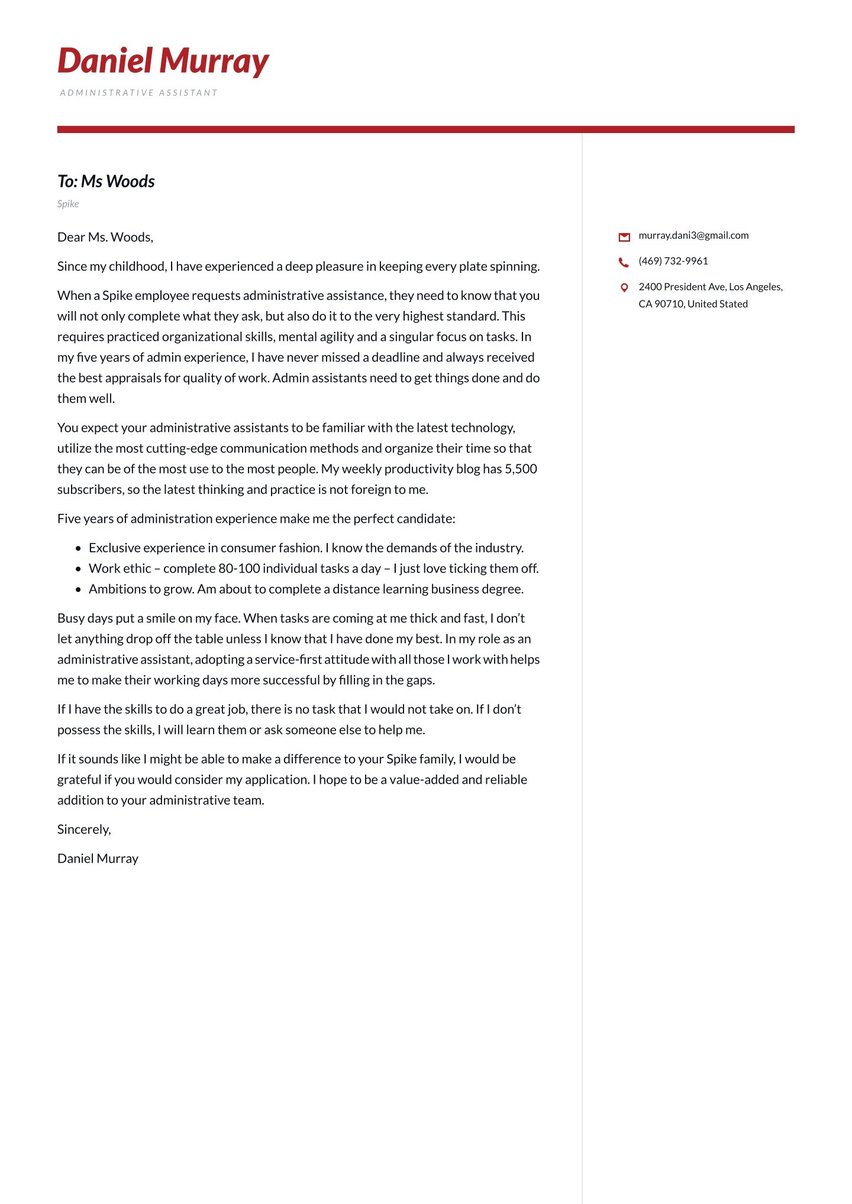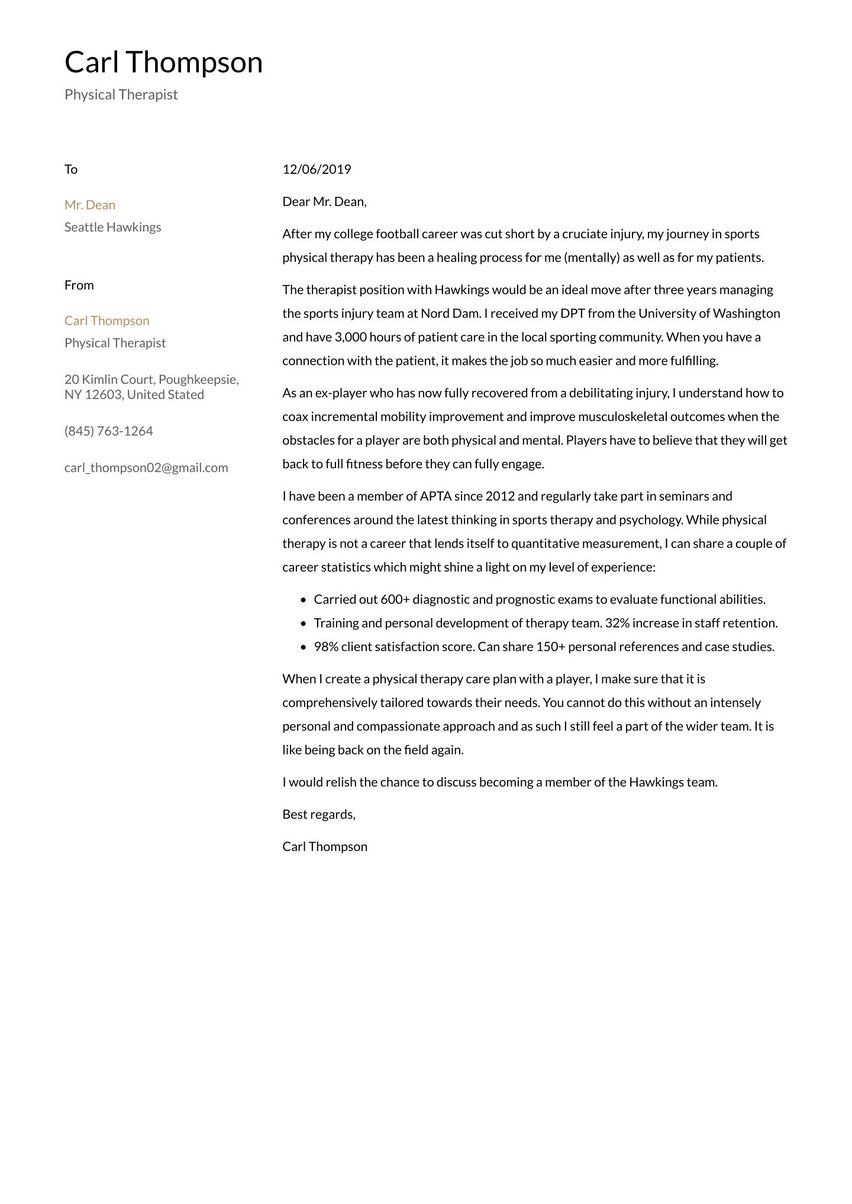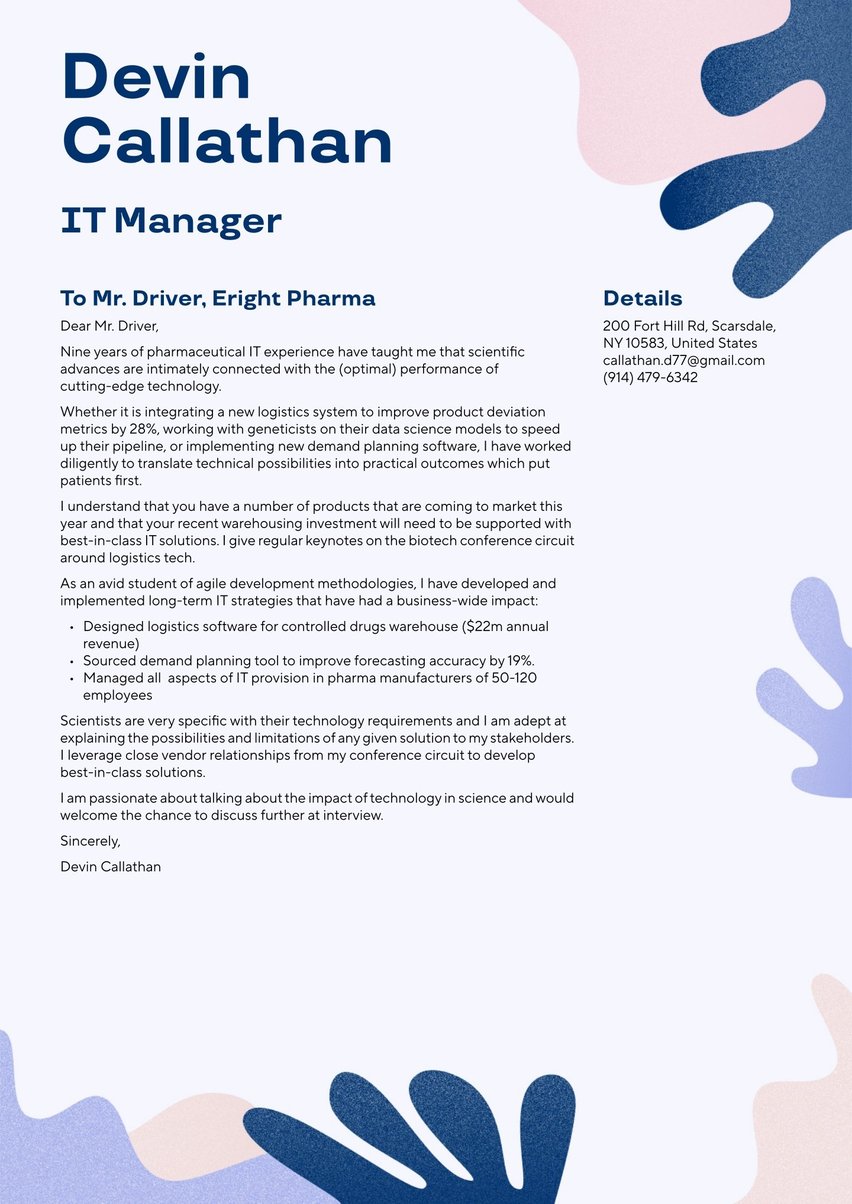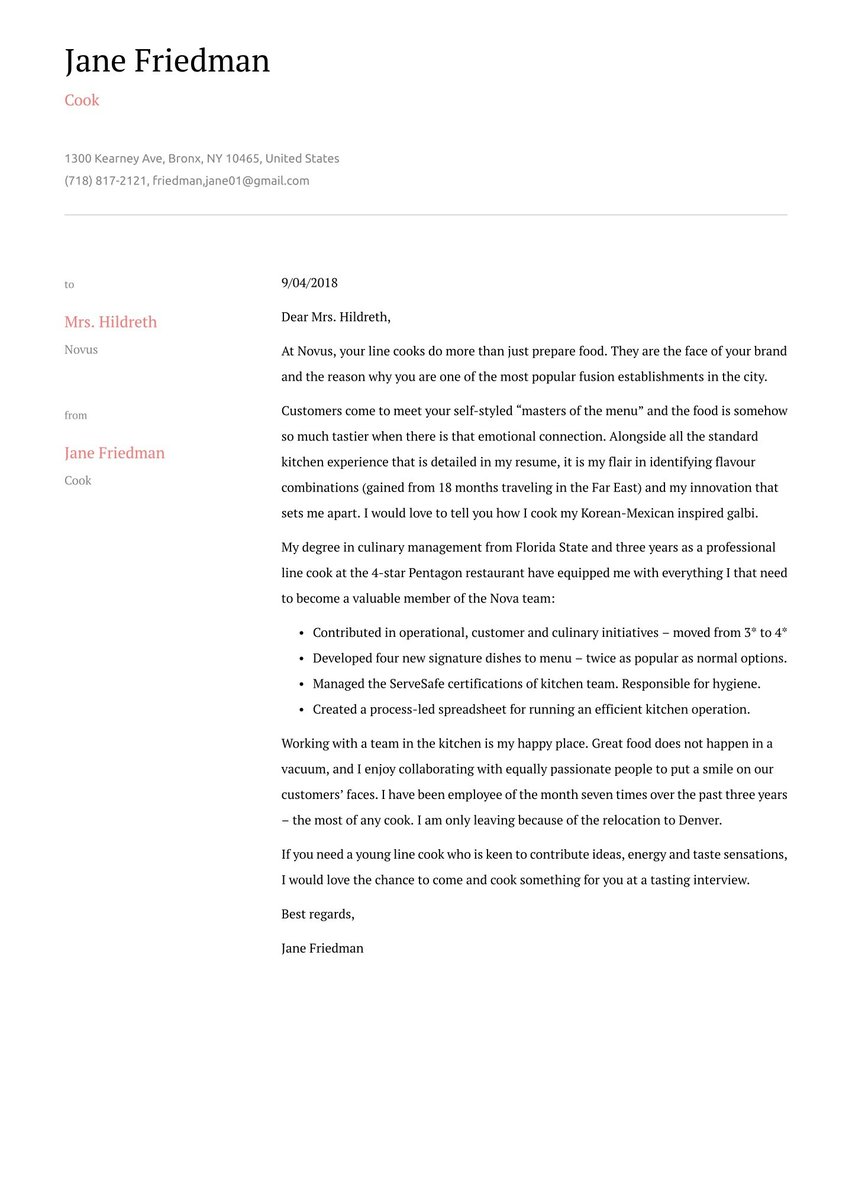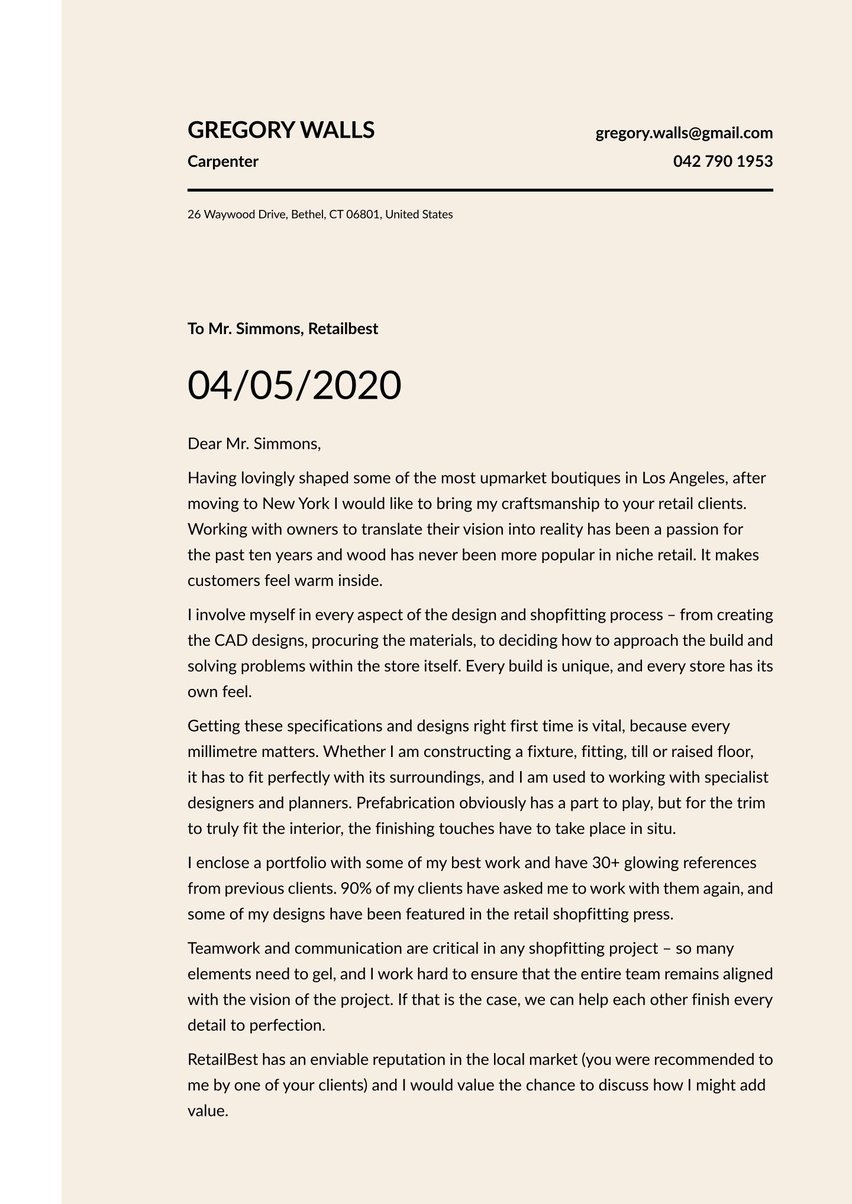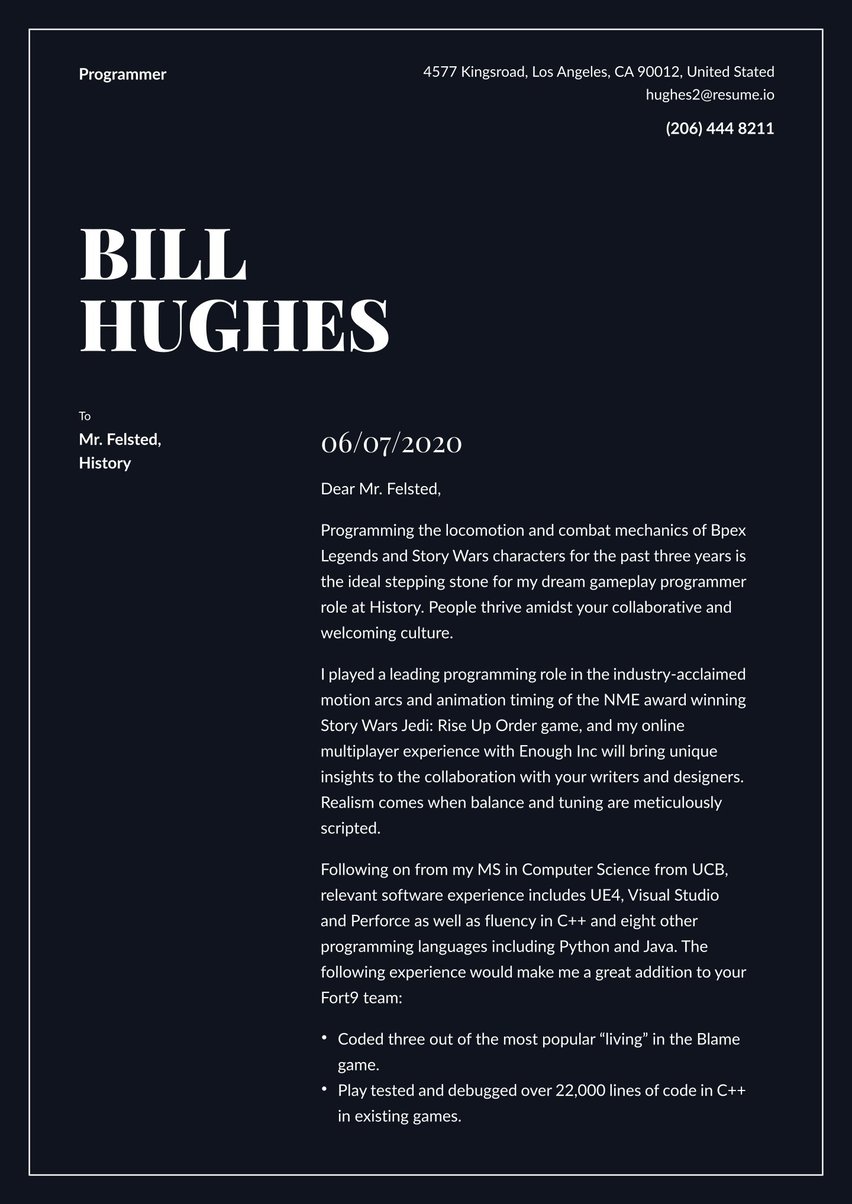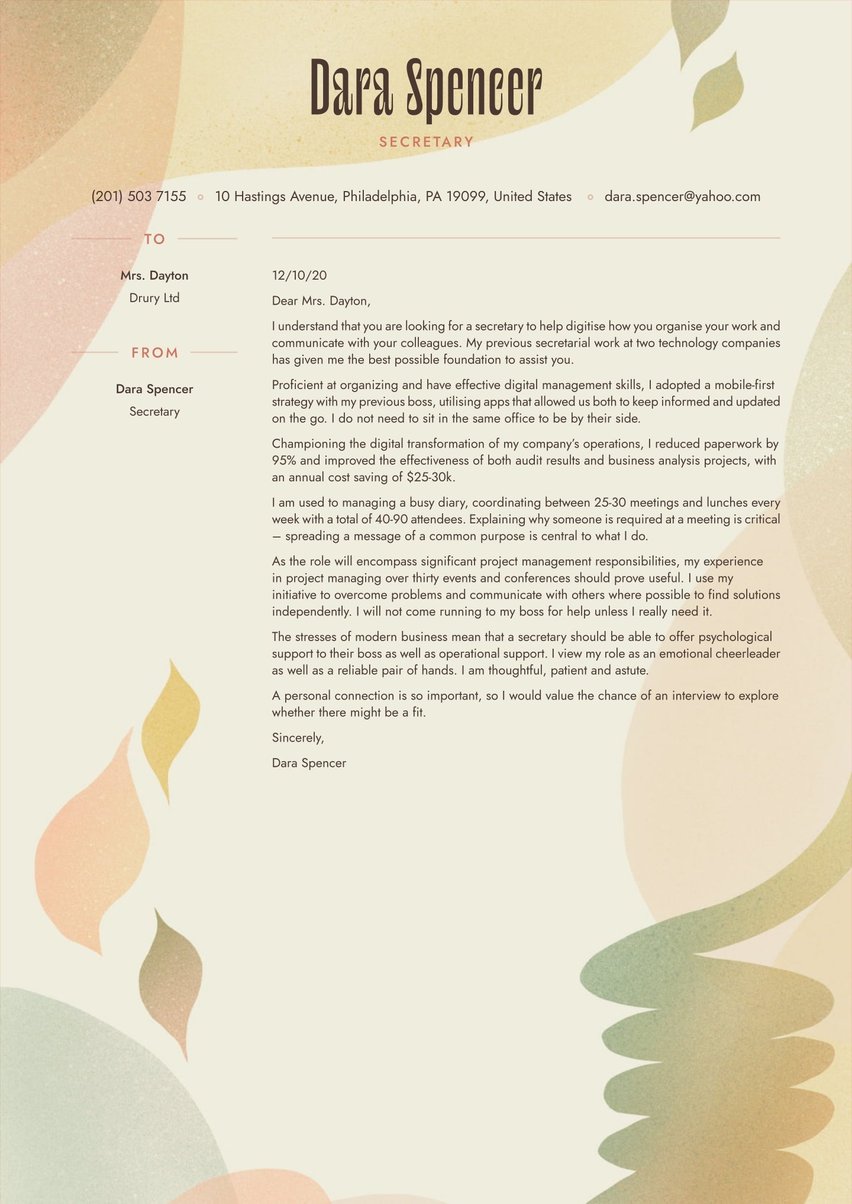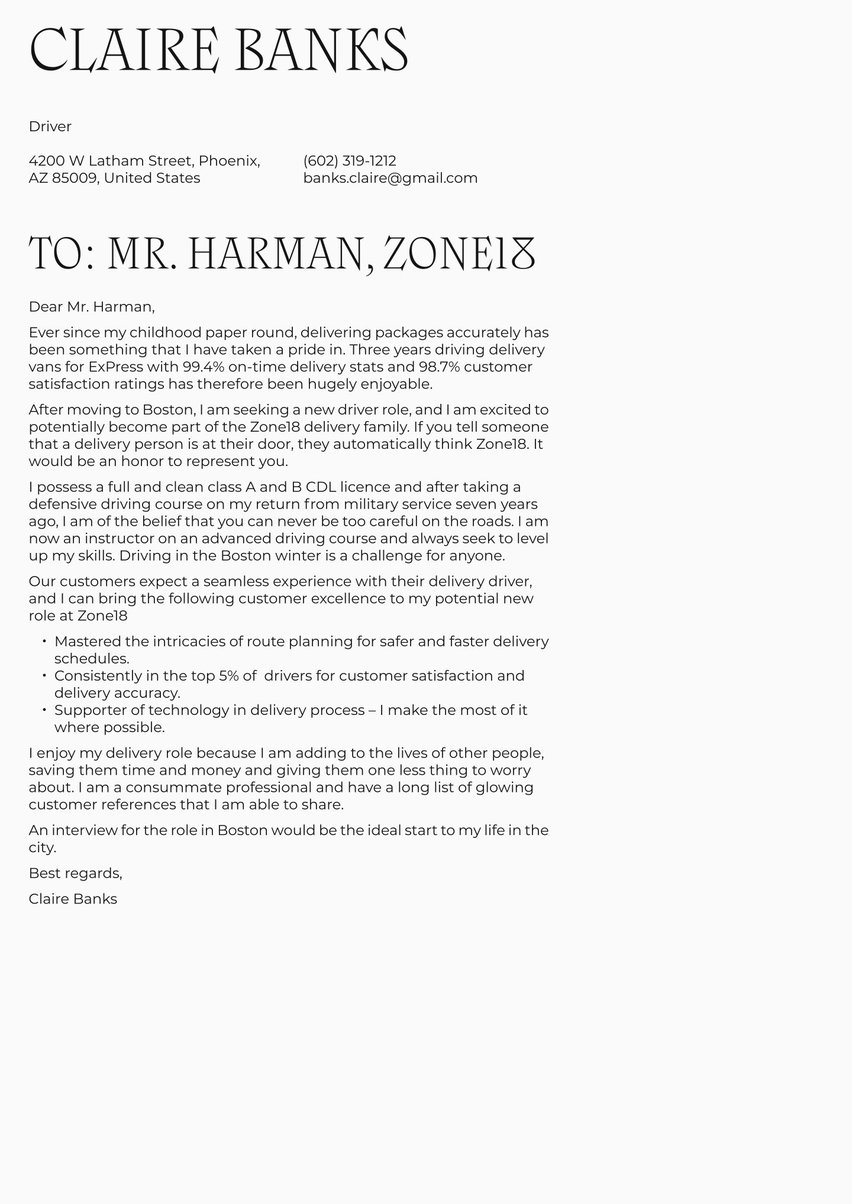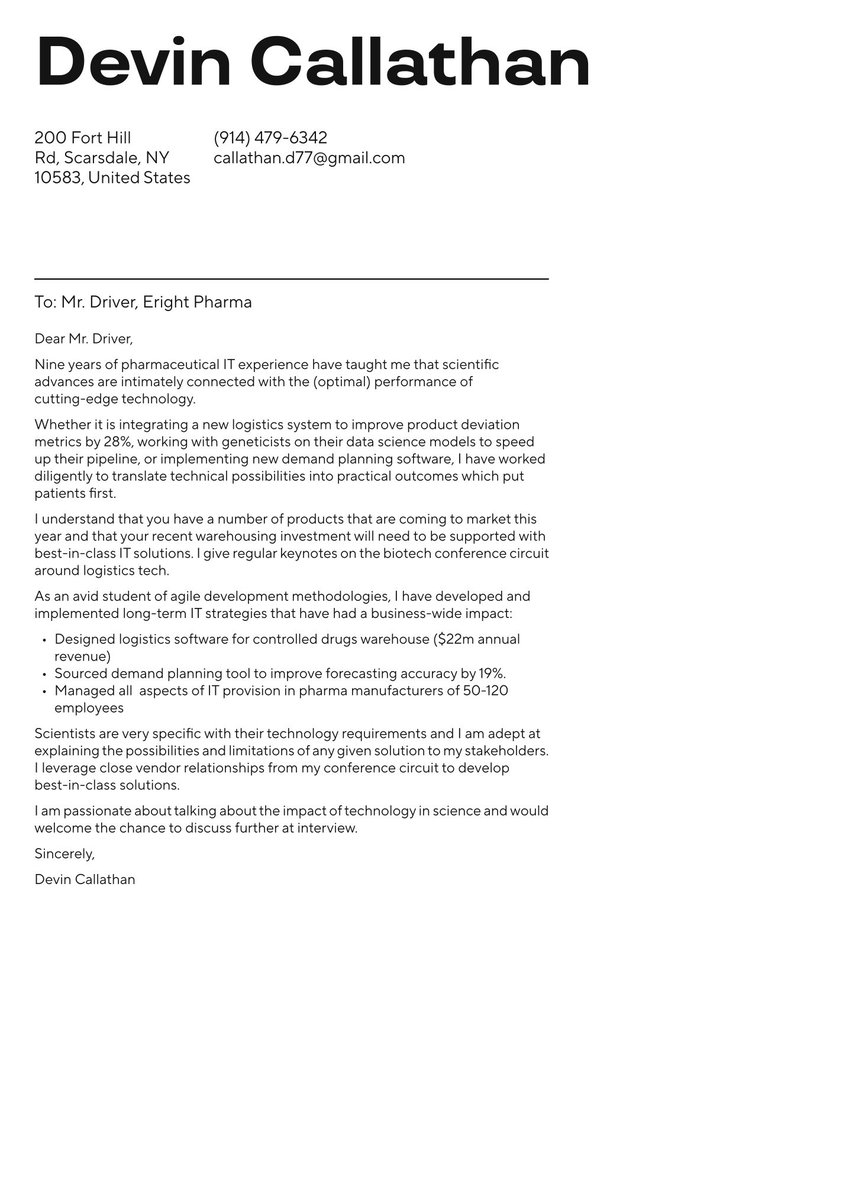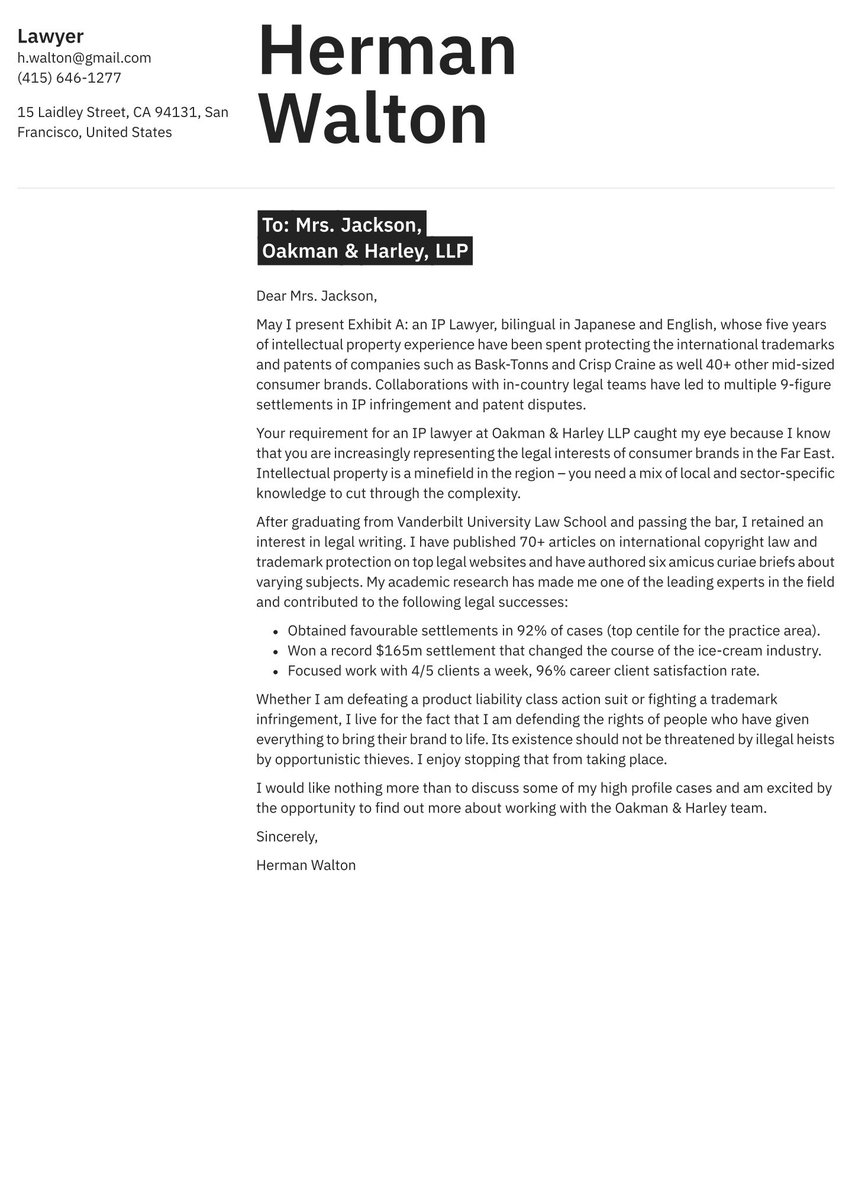Architects design the buildings in which we live, work, shop and play, and the need for their services is expected to grow substantially in the years ahead. So is the competition for architect jobs, making it imperative for professionals in this field to make an irresistible pitch to potential employers.
According to the U.S. Bureau of Labor Statistics, job growth of only 3% in the field of architecture is projected between 2020 and 2030, almost stagnant. And the BLS also notes: “With a high number of students graduating with degrees in architecture, strong competition for internships and jobs is expected.”
Enticing salaries are among the attractions of this field, with 2020 median pay of $82,320. Half of architects earned more than that and half earned less, with the top 10% earning more than $136,310.
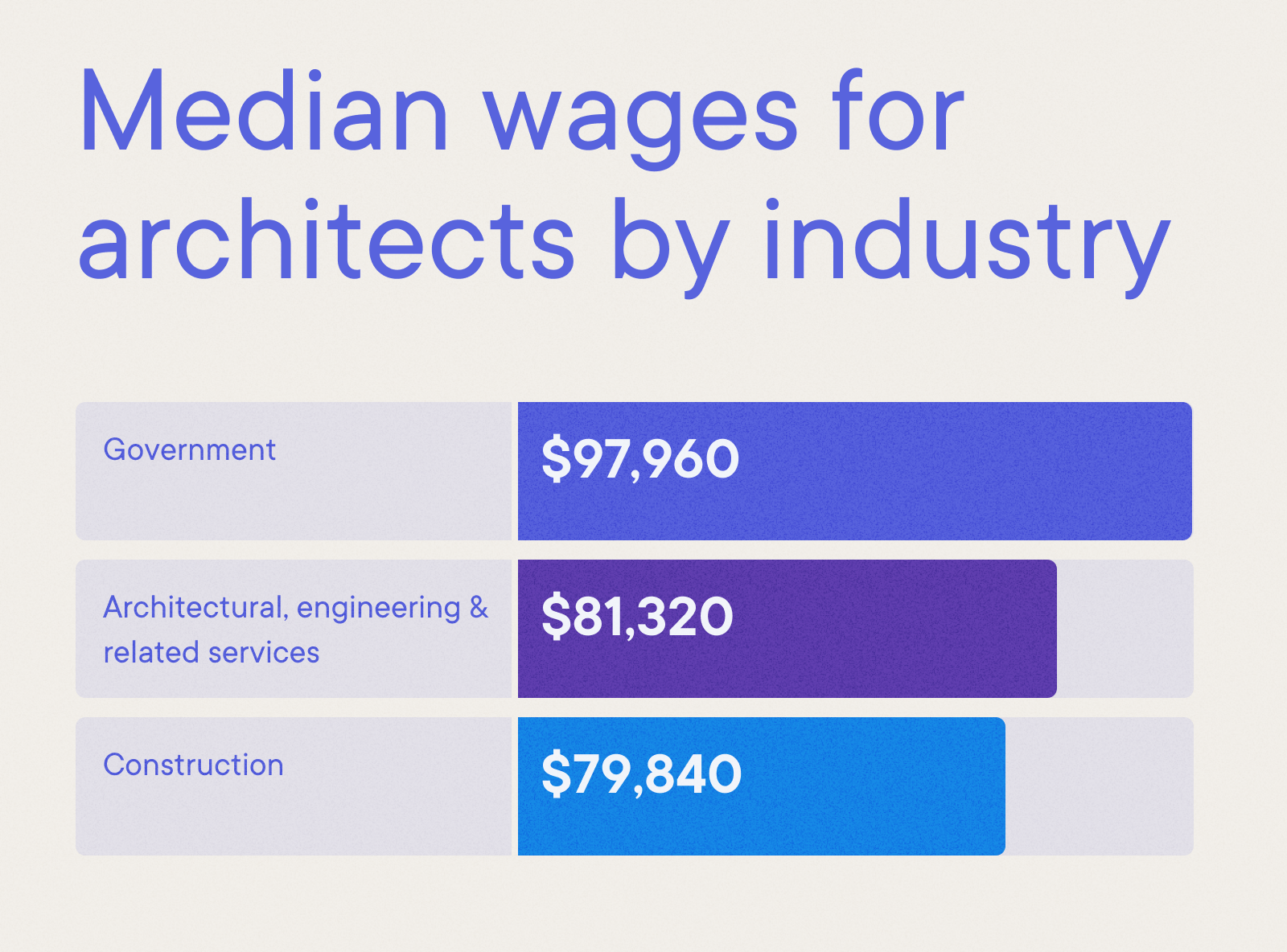
Median wages for architects in the top industries that employed them, 2020:
| Government | $97,960 |
| Architectural, engineering & related services | $81,320 |
| Construction | $79,840 |
To compete for these jobs in today’s marketplace, architects need a professionally designed resume and a well-written, properly structured cover letter.
But for now, let’s talk about cover letters, a crucial but sometimes underestimated component of any job application. Here’s what we’ll discuss in this guide:
- Why a cover letter can be an essential companion to a resume
- How a cover letter is structured and how to write each portion of it
- Proper formatting: fonts, margins and file types
- Psychological tips to maximize the chances of a positive reply
- Common cover letter mistakes to avoid.
Why architects need a cover letter
While a resume can and should list the work history, education, certifications and skills that qualify you for a job as an architect, a cover letter accomplishes something a resume can’t. A cover letter is the opening salvo in a person-to-person conversation with someone who has the power to offer you a job. This personal appeal can make the difference between success and failure.
In addition to establishing this all-important personal connection, the cover letter reinforces the resume by outlining your employment history, job skills and other qualifications, albeit in a format that allows for more originality. Architecture is a profession that values creative individual vision, and your cover letter is one way of demonstrating that you have this very quality.
A cover letter should be one page only, between 200 and 400 words, and you need to make every word count. Its brevity actually makes it harder to write, not easier. We’ll look at some of the strategies for maximizing the value of a very limited space. A few employers prefer to receive only a resume, and at times their job application systems don’t allow you to upload a cover letter. If that’s the case, you’ll have to respect the employer’s wishes.
But unless you’re specifically asked not to, you should always include a cover letter with a job application. If well written and correctly formatted, a cover letter will almost always increase your chances of success.
A CareerBuilder survey conducted by Harris Poll asked 1,138 hiring managers about the biggest resume mistakes that were instant deal-breakers. Among the top seven errors, 10% cited the failure to include a cover letter.
If your talents extend to the inside of buildings, check out our other related cover letter samples. Or if you lean more toward the technical side, our engineering category of cover letter samples is a great place for further inspiration.
Best format for an architect cover letter example
As an architect, you don’t need anyone to explain to you the importance of structure, though you may be unfamiliar with the basic components of a good cover letter. Here they are:
- The cover letter header
- The greeting / salutation
- The cover letter intro
- The middle paragraphs (body of the letter)
- The ending paragraph of your cover letter (conclusion and call-to-action)
The comprehensive cover letter guide offers more general advice about how to go about compiling cover letters, but below you will find specific advice on how to maximize the effectiveness of each specific letter paragraph and section.
Cover letter header
The purpose of the header at the top of the page is to quickly and attractively present your name, address, phone number and email. Your name should generally be the largest element on the page, displaying your confidence and making it more likely that your correspondent will remember you.
A return mailing address, while historically considered essential, is sometimes omitted in the current digital age. But you should generally include it unless there’s a reason not to, or at least mention the city, state and perhaps country where you live. The header is also a singular opportunity for some creativity of design on a page that will otherwise consist of paragraphs of black text. You may want to include a photo and a light splash of color, though the header should never be garish or over-decorated.
You do want to use the header to factor in some white space, giving the eye a break and creating a visually pleasant balance to the page.
The aim of the cover letter header: Plainly state your vital contact details. Save the frills for the body of your letter.
Align document styles
You know all about the importance of coherent and visually consistent building design. The same applies to your resume and cover letter — you don’t want a clashing riot of fonts, font styles and colors.
This is why you should always use the same fonts, font sizes and formatting styles in your cover letter and resume. They should be a visual match, making it obvious that they came from the same person. This shows your attention to detail and your understanding of the principles of cohesive design — the very things that make you a good architect.
Cover letter greeting
The time-honored format for a cover letter greeting is a simple “Dear Mr. (or Ms.) Xxxxxxx.” You can’t go wrong with this approach, so don’t overthink it. It is true that the era of email has loosened some of the rules of letter salutations, with more informal options like “Greetings” or “Hello” gaining popularity. Take some time to study the tone and style used by your prospective employer, and try to match its level of formality or familiarity. But when in doubt, lean toward the more conservative approach.
It’s almost always best to address a cover letter by name to the person in charge of hiring. If this information isn’t readily available, it’s often worth calling the company to inquire. A letter addressed to an individual is actually more likely to get a reply than a letter addressed to an entire firm. If you’re told that no name is necessary, you may be dealing with a hiring manager who for whatever reason prefers to remain anonymous. If that’s the case, don’t push it, and find a creative way to address your letter to the entire company or to the appropriate department within the company.
Dear Mr. Trask,
When you have a name – and when you don’t
Addressing the recipient by name is one of the best strategies for catching a hiring manager’s attention right from the start of your letter. Many job postings even list the name of the hiring manager or contact person giving you every reason to include it in your letter.
However, in some large companies or organizations hiring is done by a large team and it may be impossible to figure out who will be reading your letter. In this case you might have to opt for a general greeting like “Dear XYZ Company Hiring Manager.” “Team” can also be a great non-specific word to use when a name is not an option.
After a few minutes poking around the internet searching for the hiring manager’s name, you might be tempted to throw your hands up in the air and go with “ To Whom it May Concern:” However, this greeting is not just impersonal, it feels outdated and even cold. Using the company name, even in a general greeting, conveys that you are a human being speaking to other real people.
The aim of letter greeting/salutation: Your salutation sets the tone for the rest of your letter, so staying on the formal side is a good idea.
Cover letter introduction
It’s time to start writing. The introduction is a single paragraph consisting of one or two provocative, attention-grabbing sentences that both state your job objective and provide a brief preview of your experience and qualifications for the job. It’s important to find the right tone — bold and confident, yet professional and appropriate.
The aim of the cover letter intro: Pique their attention early with your most important message to keep recruiters reading.
After four years working with one of the leaders in sustainable construction in the UAE, I want to work with one of the leaders back in America. Eco-structure has worked on some fantastic projects and I would like to bring my award-winning sustainability expertise to your commercial and residential teams.
Cover letter middle part (body)
In the central two or three paragraphs of your letter, you need to make your primary pitch. Here you might discuss your education and certifications, but you definitely need to highlight your relevant work experience. You should be as specific as possible, using facts and figures like the number of buildings you’ve designed and their dollar value to your firm. Also, use anecdotes about your past achievements — for example, unusual challenges you faced, how you resolved them and the positive results you achieved.
Toward the end of the body of your letter, you can segue to a broader discussion of your skills and passions, perhaps discussing new challenges you’d like to embrace in the future and how you’re prepared to do so.
The aim of the body of your cover letter: Describe your design process and how you work with clients to ensure a successful project, in terms of aesthetics, function and budget.
I am a LEED Accredited Professional and I have retained my architect’s license from the California Architect’s Board because I have kept some U.S. clients. My training in Dubai was first class and I am proficient in Rhino 3D, Autodesk Revit, ArchiCAD and SketchUp.
After playing a leading role in winning a MENA Green Building Award for Multiplex Constructions, I have authored industry whitepapers on lifecycle assessments, energy modeling and carbon accounting. Thought leadership has never been more important and I was a regular speaker at MENA sustainability conferences. Helping design 35+ commercial and residential projects has honed my sense of what is possible.
Looking at your project pipeline, the following further achievements may be useful:
- Created award-winning sustainability index for residential and mixed-use projects.
- Saved $27m in costs by employing mitigation techniques and negotiation skills.
- Created an organizational communication matrix to decrease planning time by 22%.
My portfolio drawings #6 and #12 are particularly relevant for Eco-structure’s sustainability agenda. My international project management skills would also be an asset to your company as I know that you have a diverse global team.
How to close an architect cover letter (conclusion and sign-off)
Your final paragraph should be both a summary of what you’ve already said and an enthusiastic call to action.
The aim of this part: Tell your future employer why you're the right person for the job and justify your request for an interview.
I would relish the chance to discuss my projects and hear about your future plans at an interview. Building upon my sustainable legacy with Eco-structure is an ideal career move.
Sincerely,
Andrew Fernhill
This kind of request for follow-up action demonstrates that you are serious about this job and that you’re prepared to take the next step. Your request should be confident but not pushy, and ideally it will prompt your correspondent to reply.
Formatting your cover letter
Remember that the visual design of your cover letter should match your resume, using the same fonts and styles. The best way to make sure of this is to use professionally designed templates like those we offer at resume.io.
Many companies today use electronic Applicant Tracking Systems (ATS) that search resumes for keywords and phrases that describe qualifications essential to the job. Formatting and file types are part of the strategy on passing the so-called “ATS test”. Fonts are another very important factor to consider. Once you’re past the ATS they directly impact human readability. There’s still a debate as to whether serif or sans serif fonts are better, with some academic studies saying that the difference is negligible and other research papers stating it is significant (in favor of sans serif readability).
Here are some safe fonts usually preferred by designers and HRs:
- Arial
- Calibri
- Helvetica
- Georgia
- Times New Roman (this one is debatable, as it’s often considered old-fashioned, but some more conservative companies/HRs may appreciate it).
Open Sans, Roboto, Verdana and PT Sans are good options as well.
Never underestimate the psychological effect of fonts on the reader. A clean, light font may be the difference between someone’s eyes getting “tired” on the 2nd or 15th line of text.
Align your paragraphs left, and leave a space between them. Margins should be one inch on top, bottom and both sides. If this doesn’t allow you to fit your content onto one page, you can consider shortening your top and bottom margins to ¾ inch.
The psychology of persuasive writing
A cover letter is written to persuade, and to be successful at that you want to get inside the hiring manager’s head. Here are some tips that can help:
- Learn everything you can about the firm you’re targeting. What is it known for, what does it do well, and what are its greatest needs? Make it clear in your letter that you’ve done your homework on this company, and that this isn’t the same generic cover letter you send to everyone else.
- Focus on the company’s needs, not your own. It’s important to remember that you’re not writing a cover letter to convince anyone that you deserve a job. You’re writing to convince employers that you can help solve their problems, not that they can help solve yours.
- Use emotional language to speak to the heart as well as the head. Although the word “passionate” may be a bit overused in cover letters, it’s effective because it conveys emotion and enthusiasm. Don’t be afraid to talk about things you “love” to do, the “satisfaction” you derive from a successful outcome, or how you would be “delighted” to meet for an interview. Strive to come across like a warm human being, not a cold potato.
- Remember that people love a good story. In every cover letter, try to find one anecdote from your work experience in which you faced and surmounted a special challenge.
- Put yourself in the shoes of the person you’re writing: Would s/he perceive your tone as appropriately enthusiastic or overconfident? If you were the hiring manager and you received this letter, would you want to meet the person who wrote it?
Architect cover letter mistakes to avoid
In crafting your cover letter, consider a few don’ts:
- Avoid any mistakes in English usage. Typos, misspelling and errors in grammar and punctuation are among the biggest deal-breakers in resume and cover letter writing.
- Avoid clichés, PR-speak and fluff. Write in lively, original language that your recipient hasn’t seen a thousand times before. Write like a real person, not a corporate robot, and avoid “fluffy,” bloated language that doesn’t say anything.
- Don’t send out the same copy-pasted, one-size-fits-all letter to everyone. Every cover letter should be uniquely targeted to an individual employer.
- Don’t mention irrelevant hobbies or skills that have nothing to do with your profession.
- Avoid errors in fonts, formatting and design such as those discussed above.
Key takeaways
- Both the pay and job outlook for architects is excellent, but increasing competition for architect jobs means you need an outstanding cover letter and resume to rise above the crowd.
- Cover letters need to adhere to industry standards of structure and design. Understand the components of a cover letter and follow the guidelines for writing each of them.
- Make sure your resume and cover letter have a matching visual style, using the same fonts, font sizes and formatting, but customize the content of each cover letter for every prospective employer.
- Avoid common mistakes — typos, clichés, formatting errors and irrelevant info.
Get off to a great start by using the field-tested templates and professional guidance at resume.io. You’ll be building on success!


